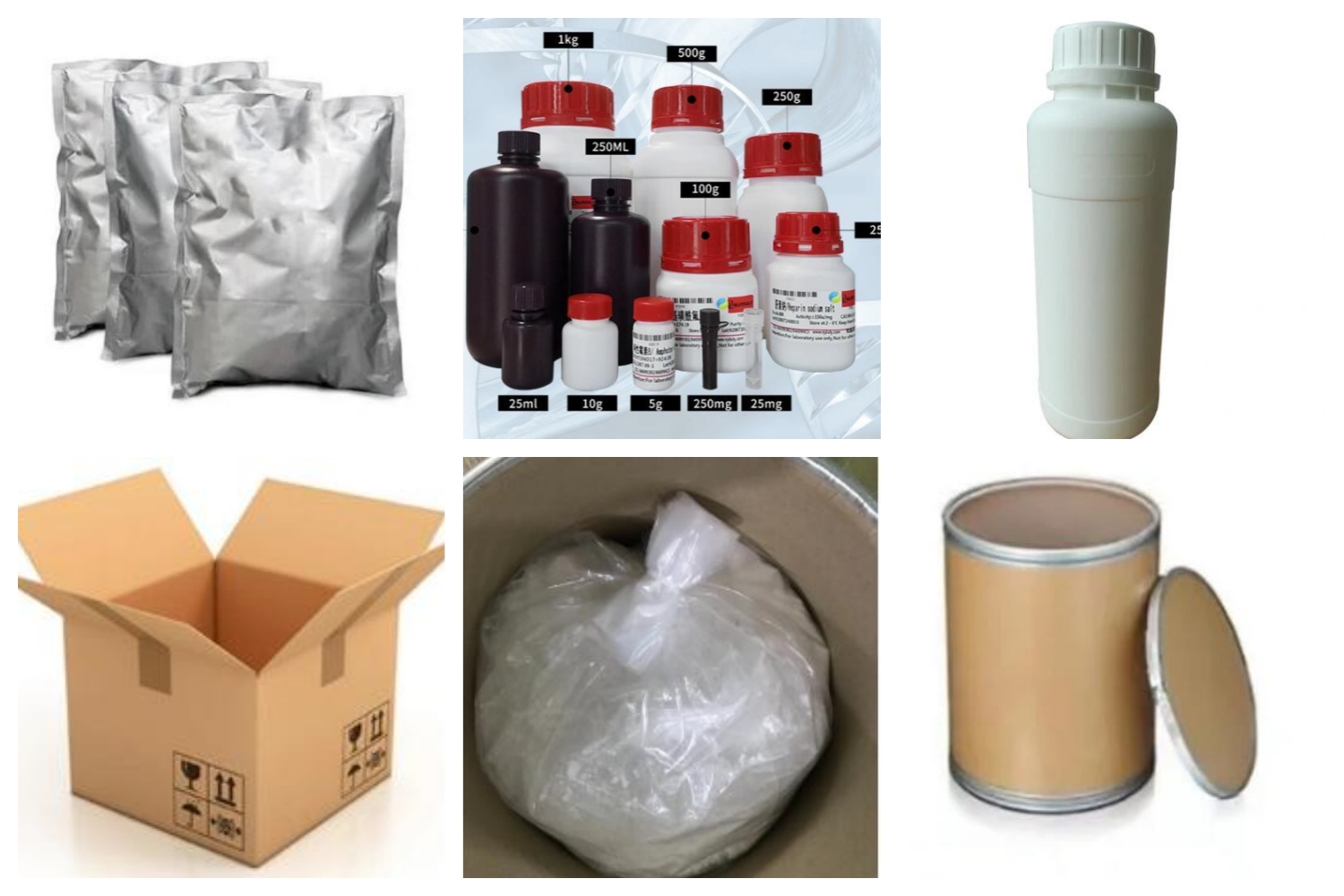Application and Effect
Antioxidant: DMPD dihydrochloride can act as an antioxidant and is often used in the rubber industry to prevent oxidative degradation of rubber products. It helps extend the lifespan of rubber materials by inhibiting the formation of free radicals. Dye synthesis: DMPD dihydrochloride is used in the synthesis of dyes and pigments. Its strong reducing properties make it an excellent reductant for the production of colorants. It can be used to synthesize various dyes, including azo dyes, anthraquinone dyes, and indigo derivatives. Analytical chemistry: DMPD dihydrochloride is used in analytical chemistry techniques like spectrophotometry for the determination of certain substances. It acts as a reducing agent that changes color upon reaction with specific compounds, enabling their quantification. Organic synthesis: DMPD dihydrochloride is a useful reagent in various organic synthesis reactions. It can be employed as a reducing agent or as an electron donor in a variety of chemical transformations, including the production of pharmaceuticals, pesticides, and polymers. Electrochemistry: DMPD dihydrochloride finds application in electrochemical devices, such as batteries and sensors. Its redox properties enable it to serve as an electron donor or acceptor in electrochemical reactions, facilitating energy storage or detection of analytes, respectively. Photographic industry: DMPD dihydrochloride is used in the production of photographic films and papers. It acts as a photographic developer, aiding in the reduction of silver halide crystals to produce the desired image.Product Packing:

Additional Information:
| Composition | C8H13ClN2 |
| Assay | 99% |
| Appearance | White powder |
| CAS No. | 536-46-9 |
| Packing | Small and bulk |
| Shelf Life | 2 years |
| Storage | Store in cool and dry area |
| Certification | ISO. |
